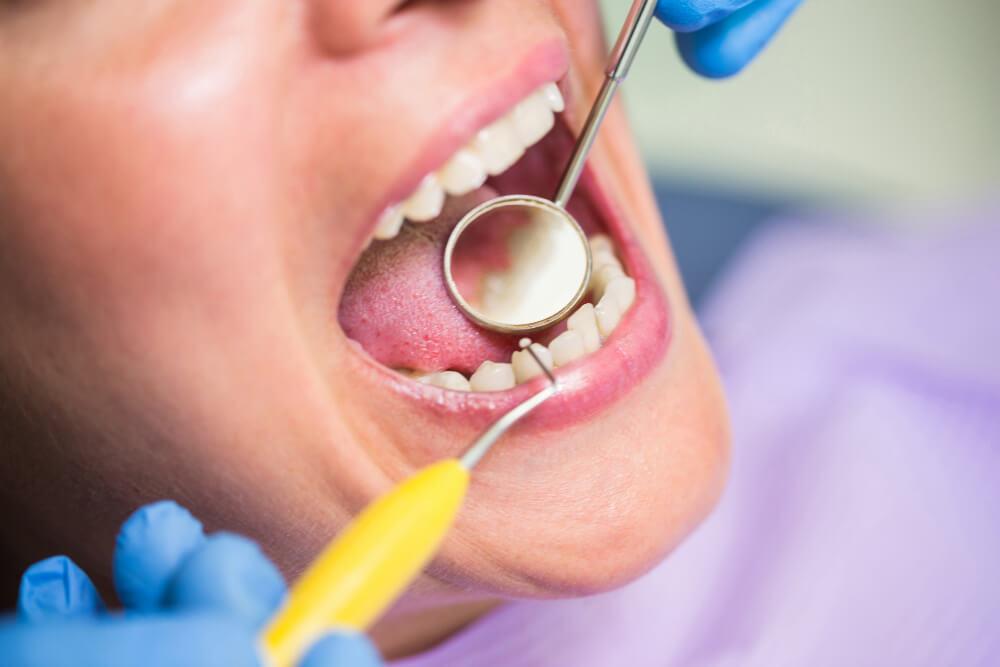

Dental health is a crucial aspect of overall well-being, and cavities are one of the most common dental problems people face. But have you ever wondered how long it takes for a cavity to form?
Understanding the timeline of cavity formation can help individuals take proactive steps to prevent them and maintain optimal oral health. In this comprehensive guide, we delve into the factors influencing cavity formation and its timeline.
A cavity is a small hole or void that forms in a tooth as a result of decay. It develops when acids produced by bacteria in plaque gradually dissolve the protective outer layer of the tooth, known as enamel. If left untreated, cavities can deepen and extend into the inner layers of the tooth, leading to pain, infection, and potential tooth loss.
The timeline for cavity formation is not set in stone and can vary significantly based on several factors.
Regular brushing and flossing play a crucial role in preventing cavity formation. Maintaining good oral hygiene helps remove plaque and food debris, reducing the bacterial load in the mouth and mitigating the risk of dental decay.
A diet rich in sugars and carbohydrates fuels bacterial activity and accelerates cavity formation. Limiting the consumption of sugary and acidic foods can help preserve dental health and minimize the risk of cavities.
Saliva acts as a natural defense mechanism against cavities by neutralizing acids and remineralizing the enamel. Factors such as saliva flow rate and composition can influence its protective properties, thereby impacting the rate of cavity formation.
The composition of the oral microbiome varies from person to person and can influence susceptibility to dental decay. Individuals with a higher prevalence of cavity-causing bacteria in their oral microbiota may be at greater risk of cavity formation.
Genetic factors can also predispose individuals to dental cavities. Certain genetic variations may affect enamel structure, saliva composition, or immune responses, influencing susceptibility to cavities.
The process begins with the accumulation of plaque on the tooth surface, consisting of bacteria and food particles. Bacteria metabolize sugars from food, producing acids that gradually demineralize the enamel, causing it to weaken and lose minerals. This initial stage may not present visible symptoms, but it sets the foundation for cavity development.
As demineralization continues, the enamel becomes increasingly porous and susceptible to further acid attacks. Small white spots may appear on the tooth surface, indicating areas of weakened enamel.
Without intervention, these spots progress to form shallow depressions or pits, marking the onset of cavity formation. At this stage, the damage is still reversible with proper dental care and remineralization techniques.
If left untreated, the erosion of enamel progresses to penetrate deeper layers of the tooth, reaching the dentin beneath the enamel. Dentin is softer and less resistant to acid, allowing cavities to expand more rapidly.
As the cavity enlarges, it may become visible to the naked eye and can cause symptoms such as tooth sensitivity or discomfort. Without prompt treatment, the cavity extends into the pulp chamber, where nerves and blood vessels reside, leading to severe pain, infection, and potential tooth loss.

The timeframe for cavity development varies significantly based on individual factors such as oral hygiene, diet, genetics, and fluoride exposure. While some cavities may develop relatively quickly within a matter of months, others may progress more slowly over several years.
Factors such as frequent consumption of sugary and acidic foods, inadequate oral hygiene practices, genetic predisposition to tooth decay, and lack of fluoride protection can expedite cavity formation. Conversely, individuals with excellent oral hygiene, a balanced diet, and regular fluoride exposure may experience slower cavity development or even prevent cavities altogether.
Studies suggest that the initial stages of cavity formation, including enamel demineralization and the onset of small lesions, can occur within a few months to a year in high-risk individuals. However, the progression from early-stage lesions to visible cavities may take several months to several years, depending on various factors.
Recognizing the signs of early cavity formation is essential for timely intervention. Common symptoms include:
Preventing cavities involves adopting proactive measures to maintain optimal dental health:
At Junca Dental, we understand the importance of proactive dental care in preventing cavity formation and maintaining optimal oral health. Whether you're seeking routine check-ups, cavity prevention strategies, or treatment for existing dental issues, we're here to help you achieve a healthy and radiant smile.
Take the first step towards cavity prevention by scheduling a comprehensive dental exam at Junca Dental today. Our knowledgeable team will assess your oral health status, identify any potential risk factors for cavity formation, and recommend personalized preventive measures to safeguard your teeth against decay.
Don't wait until cavities become a painful problem. With Junca Dental as your trusted partner in oral health, you can take proactive steps to preserve your smile for years to come. Contact us now to schedule your appointment and embark on the journey towards optimal dental wellness. Together, we can ensure that your teeth remain healthy, strong, and beautiful for a lifetime.

Understanding how long it takes for a cavity to form is essential for maintaining optimal dental health. By recognizing the factors influencing cavity formation, identifying early signs and symptoms, and implementing preventive strategies, individuals can effectively protect their teeth from decay.
Regular dental visits, proper oral hygiene practices, and a balanced diet play key roles in cavity prevention. Stay proactive, prioritize preventive care, and remember that early intervention is key to maintaining a healthy smile for years to come.
